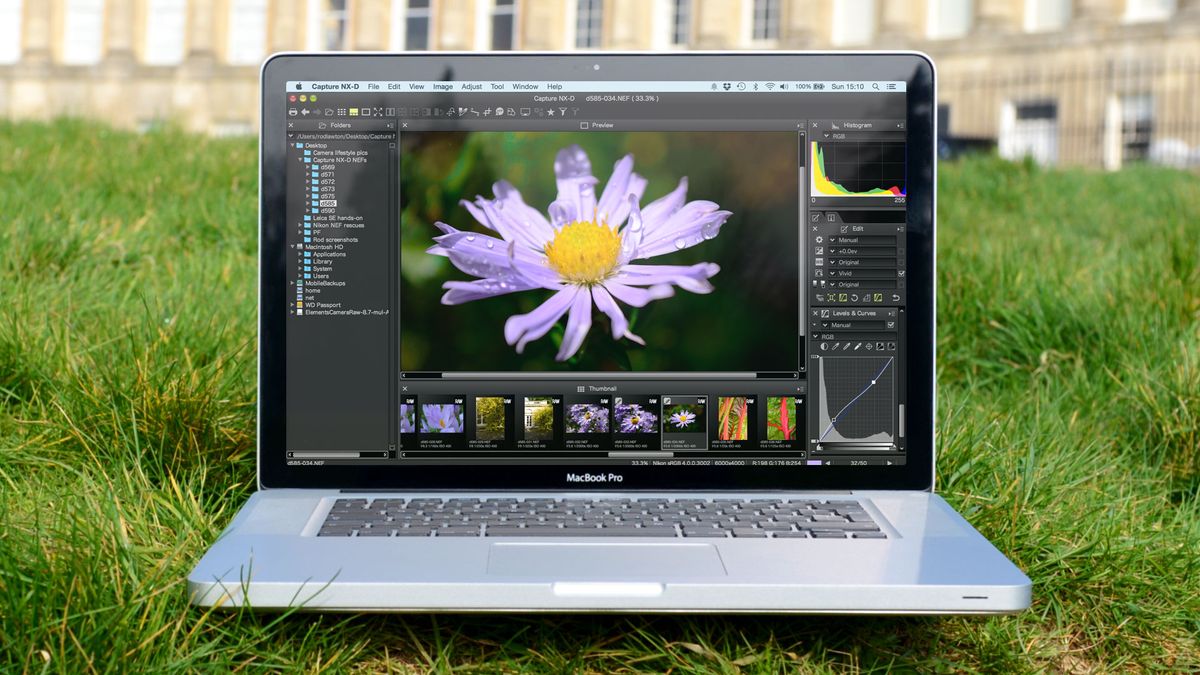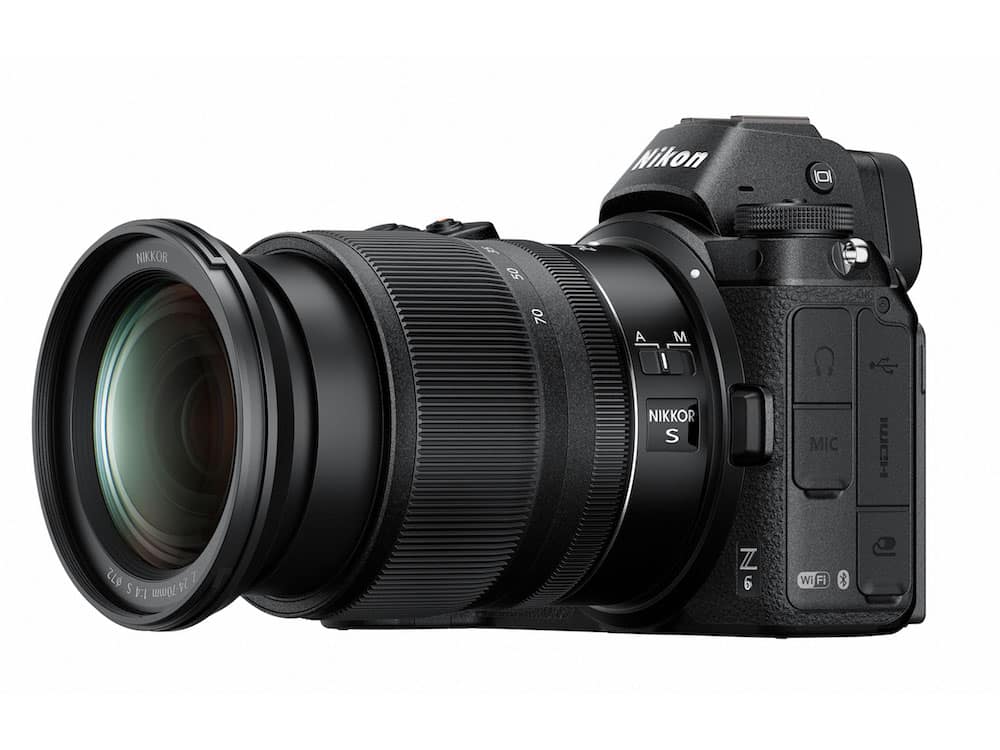
Captures appear as good or better than they looked in camera. Capture NX-D performs its magic when you first open the raw file. Raw files from the Z 6 are visibly better after processing in Capture NX-D than in Adobe products, and they take less effort. I can’t explain it, but captures with my 70-200mm f/2.8 F-mount Nikkor at f/2.8 just seemed sharper using the Z 6. Exposure is biased to capturing highlight information, but the dynamic range leaves plenty of space to bring up noise-free shadow. Dynamic range is outstanding, even extending into the high ISOs.

Images from my old 16mm full-frame fisheye have never looked better.Ĭolor is natural, with the slight Nikon bias to warm tones. Maybe it’s a placebo effect, but I swear the captures I made with my F-series lenses, even those dating back to the 1970s, look better from the Z 6 than they ever have before.

The Z 6, both with Z-series and F-series lenses, delivers outstanding image quality. It was when I was tracking birds with a handheld AF-S Nikkor 200-500mm f/5.6E ED VR lens with the FTZ adapter that I realized how well designed the Z 6 body is for a huge range of situations. Compact and light with a grippy raised extension for my thumb, it was everything I expected a mirrorless camera to be. When I unpacked the Z 6 and mounted the Nikkor Z 24-70mm f/4 S lens, the system felt right in my hand. The Nikon Z 6 solves these issues while providing nearly all the benefits of the D5. I was sorely tempted to purchase a Nikon D5 as my next upgrade, but its weight, cost, somewhat undersized 20.8-megapixel sensor, and sound level deterred me.

While no single camera is the perfect answer for every photographer in every situation, this one addresses many of my needs, and, I think, would probably address many of yours. Having had a Nikon Z 6 on loan for an extended period, I’m reluctant to return it.


 0 kommentar(er)
0 kommentar(er)
